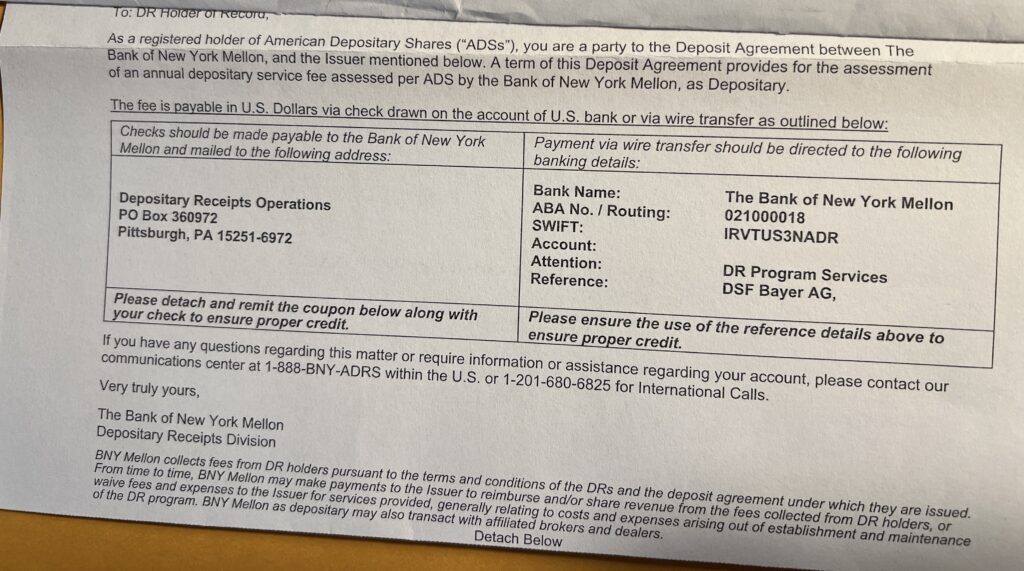by Fred Fuld III
Reading time: 4 minutes
The oil and gas industry has experienced significant fluctuations in recent years, influenced by various factors such as geopolitical tensions, fluctuating demand, and the rise of renewable energy. Despite these challenges, oil and gas remain crucial components of the global energy mix, particularly for emerging economies.
Global oil demand is projected to remain robust, driven by factors like increasing population and industrialization in developing nations. Additionally, the Organization of the Petroleum Exporting Countries (OPEC) and other major producers have shown a commitment to maintaining price stability, which can benefit oil drilling companies.
Technological advancements, such as hydraulic fracturing and horizontal drilling, have unlocked new reserves and improved production efficiency. Deep-sea exploration and production capabilities continue to evolve, expanding the potential resource base.
Many oil drilling companies offer substantial dividend yields and share buyback programs, which can enhance shareholder value.
While the oil and gas industry is inherently volatile, subject to fluctuations in commodity prices and geopolitical events, there are also significant risks associated with environmental concerns and the long-term transition to renewable energy sources.
For investors considering oil drilling stocks, it is essential to carefully evaluate the risks and rewards. Major drilling companies, oilfield service providers, and independent oil and gas producers are key players in the industry.
Helmerich & Payne (HP):
Helmerich & Payne is a leading provider of drilling solutions and technologies. The company operates a fleet of advanced drilling rigs, primarily focused on the North American market. HP’s strong focus on technological innovation and operational efficiency has positioned it as a key player in the oil and gas industry.
The stock trades at 11 times trailing earnings and 10 times forward earnings. The stock has a dividend estimate for the current fiscal year at 4.0%.
Noble Corp. (NE):
Noble Corp. is a global offshore drilling contractor, operating a fleet of high-specification drillships and semisubmersible rigs. The company serves a diverse customer base, including major international oil and gas companies. Noble Corp. is known for its commitment to safety, environmental responsibility, and operational excellence.
The stock has a trailing and forward price to earnings ratio of 10, and earnings per share are expected to grow by 14% next year. Noble pays a dividend yield of 5.1%
Patterson-UTI (PTEN):
Patterson-UTI is a leading land drilling contractor, providing drilling services to oil and gas exploration and production companies in the United States. The company operates a fleet of high-performance drilling rigs and offers a range of complementary services, including pressure pumping and rental tools. PTEN’s strong focus on customer service and operational efficiency has contributed to its success.
The company has been generating negative earnings, and has a sky high forward PE ratio of 283. The stock’s yield is 3.7%.
Sable Offshore (SOC):
Sable Offshore is a relatively smaller player in the offshore drilling industry, specializing in providing services to the Brazilian offshore market. The company operates a fleet of modern drilling rigs and has a strong track record of delivering safe and efficient drilling operations.
The stock has been generating negative earnings but has a forward PE of 10. The company does not pay a dividend.
Why Invest in Oil Drilling Stocks?
- Strong Demand and Price Stability:
- Global Demand: Despite the growth of renewable energy, global oil demand is projected to remain robust, driven by factors like increasing population and industrialization in developing nations.
- Price Stability: The Organization of the Petroleum Exporting Countries (OPEC) and other major producers have shown a commitment to maintaining price stability, which can benefit oil drilling companies.
- Technological Advancements:
- Enhanced Recovery Techniques: Innovative technologies like hydraulic fracturing and horizontal drilling have unlocked new reserves and improved production efficiency.
- Offshore Exploration: Deep-sea exploration and production capabilities continue to evolve, expanding the potential resource base.
- Dividends and Share Buybacks:
- Attractive Returns: Many oil drilling companies offer substantial dividend yields and share buyback programs, which can enhance shareholder value.
Potential Risks and Considerations:
- Volatility: The oil and gas industry is inherently volatile, subject to fluctuations in commodity prices and geopolitical events.
- Environmental Concerns: Growing environmental awareness and stricter regulations can impact operations and costs.
- Transition to Renewable Energy: Long-term, the transition to renewable energy sources could reduce demand for fossil fuels.
In conclusion, while the future of the oil and gas industry is evolving, there remains a strong case for investing in oil drilling stocks, particularly for investors with a long-term perspective.
Disclosure: Author didn’t own any of the above at the time the article was written.












